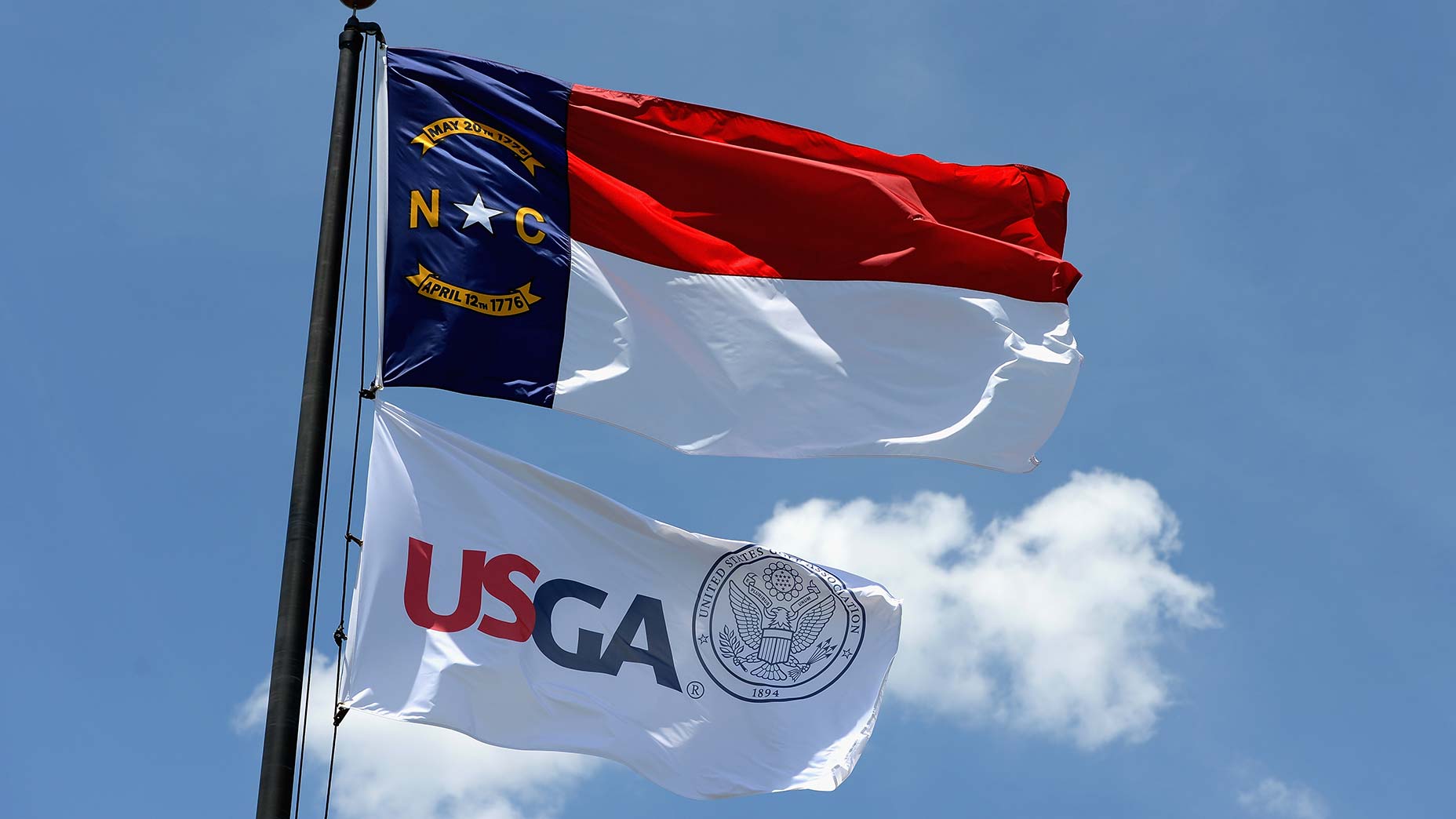It may have been announced carefully, but make no mistake about it, Wednesday marked a seismic shift for the U.S. Open as we have come to know it.
The USGA’s newly penned agreement with Pinehurst will bring a portion of the governing body’s operations and close to a half-dozen major championships to North Carolina over the next three decades. But less obvious is what it truly brings to the sport: the potential for a U.S. Open rota, and the installation of Pinehurst as the home venue (a la St. Andrews).
The shift to a quasi-rota would be significant for the USGA, which has experimented in recent years with a few first-time major sites (Chambers Bay, Erin Hills) to varying levels of success.
The writing was all over the wall throughout the course of Wednesday’s carefully choreographed press conference: the announcement was as much about the formation of a second USGA headquarters (dubbed “HQ2”) as it was about the national championships.
Chief Brand Officer Craig Annis admitted as much, saying that a large amount of the governing body’s motivation for the Pinehurst project came from fans and players who wanted more consistent U.S. Open scheduling.
“We really took our cues from the players and from fans, who said, ‘Fewer places, more frequently,’” Annis said. “They want to gain a more intimate knowledge of the course — the players do, and the fans. They want to know what to expect. And they want more clarity around where we’re going and when. And so this is the first important piece.”
Under a rota system similar to the one currently employed by the R&A, the USGA could look to add a dozen or more “anchor sites,” which would continuously host U.S. Opens. Beyond improvements in overall cost and infrastructure, the governing body said the primary strategic impetus is to keep the national championship at the sport’s quintessential venues.
“The decision accelerates the USGA’s strategy to stage its premier golf championship at America’s most iconic venues with greater frequency,” the governing body said in an announcement.
In his press conference, USGA CEO Mike Davis was coy about sharing which courses were being considered as anchor sites (“I would say yes, with no specificity right now on what those sites might be,” he offered.)
It seems likely that multiple-time U.S. Open hosts like Pebble Beach, Shinnecock and Oakmont would be on the shortlist. Perhaps even Winged Foot — which is scheduled to play host to this year’s U.S. Open in a little more than a week’s time — will find itself under consideration.
But while that all remains to be determined, this much is clear: the U.S. Open is headed firmly in a new direction.
“The phrase ‘win-win’ gets thrown around a lot, but that’s just what this was,” Davis said. “This is the beginning of a new era here.”
